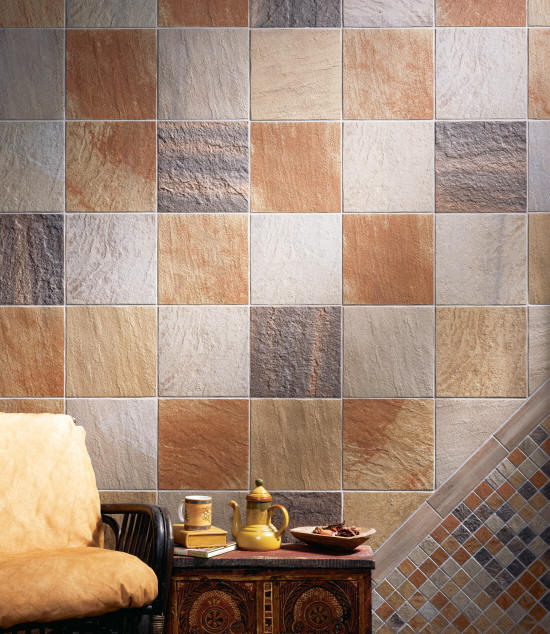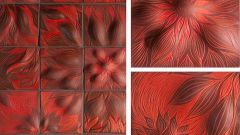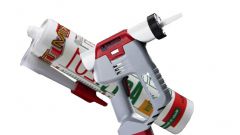You will need
- knife;
- - rubber spatula;
- - sponge;
- - dusters;
- - metal spatula;
- - pliers or pincers
Instruction
1
Carefully remove the remnants of dried up glue with a metal spatula.
2
Remove the separation "x", located between the tiles, using a sharp knife. To do this, pry the cross with the tip of a knife, and then pull out with pliers or tongs. To perform this work required very careful not to damage the enamel, covering the tiles.
3
Thoroughly rinse the tile with water. Wipe with rags and leave on for 35-45 minutes until dry.
4
Prepare the solution for putty. Note that the mortar for grouting should be of medium consistency. Too liquid solution will require more time to dry, besides it can quickly crack. A thick solution will dry up after a few minutes, and you will not have time to finish the job.
5
Make the putty seams of the tiles it is recommended that small areas using a rubber spatula. Select the part surfaces and apply grout. Recommended fragment size - 2 sq. m. After the grout in this area beginning to harden, wipe the tiles with a dry cloth and smooth out seams with a damp sponge. Repeat the same operation with the next area of tiles. Treat the entire surface of the tile and once again wipe it with a dry cloth.
6
A day after the putty seams carefully wash the tile.
7
Relief porous tiles, it is recommended not to wipe the spatula and hand. Put on a rubber glove and make the grout with your finger. Immediately after that, carefully rinse away any excess grout. Work with this kind of tile requires extreme accuracy and high speed. Slow and messy the grout you can ruin the tile as the mortar firmly eats into her pores.
Useful advice
When selecting mortar for grouting it is necessary to pay attention to for glossing over seams how wide he is. Some solutions can crack when applying them too many seams.


